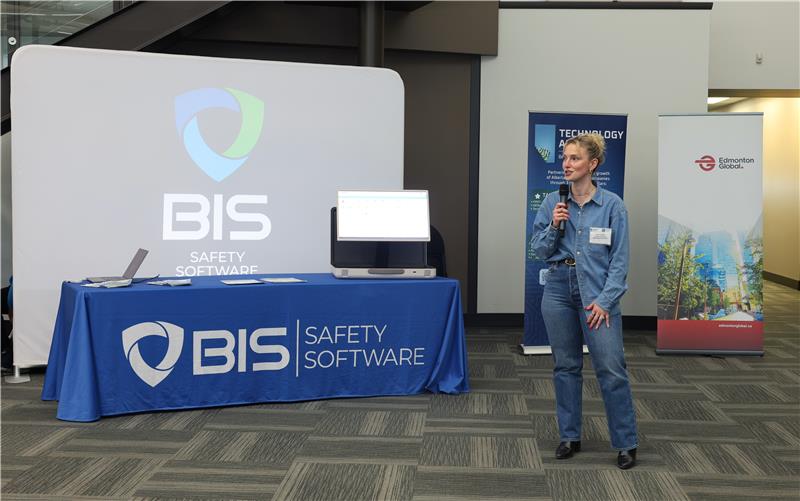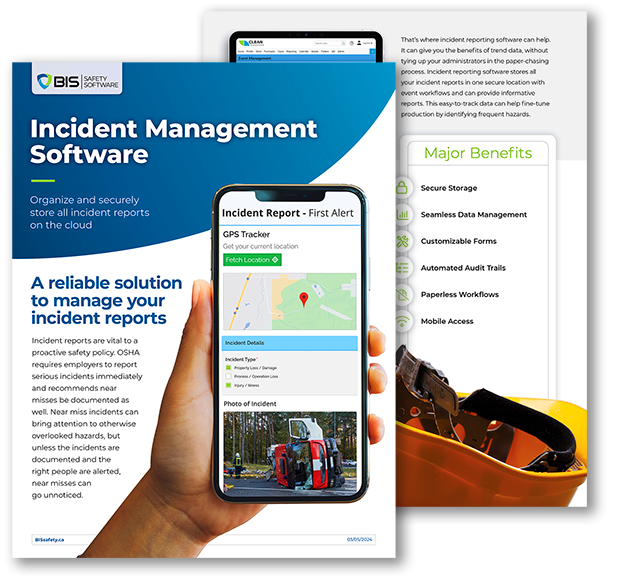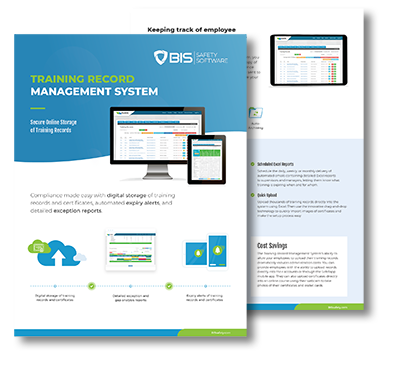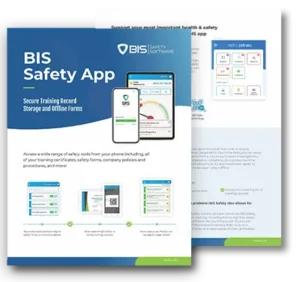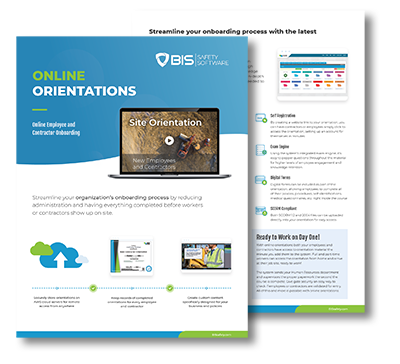BIS Safety Software
X-Ray Safety
This course provides an overview of x-ray radiation, the equipment that generates it, and the safety protocols designed to limit the risk from unintentional and occupational exposure to x-ray radiation.

The “X-Ray Safety” course focuses on the importance of safety when handling X-Ray technology within a laboratory environment. While X-Rays are generally considered safe when used appropriately, serious health issues, including cancer, severe hypotension, and cardiac arrest, can arise from inappropriate use and overexposure. Consequently, it is crucial for both students and faculty to receive adequate safety training for their protection. The primary objective of the “X-Ray Safety” course is to promote the secure handling of X-Rays within the confines of a laboratory setting.
After successfully completing the “X-Ray Safety” course, participants should have an improved understanding of:
- The process by which X-rays are generated
- Different types of x-ray producing devices and their classifications
- The significance of state and/or local departmental participation in the regulation of radiation-producing devices
- X-Ray Basics
- X-Ray Risks
- X-Ray Safety
Estimated 20 minutes
Assessments conducted throughout this online course aim to consolidate the knowledge gained. Participants are expected to attain a score of 80% to qualify for a certificate of completion. If the pass mark is not obtained, learners have the option to retake the course twice.
On successfully finishing this online course, a certificate of completion can be downloaded and printed out.
Course Details
Course Length
This course will take roughly 20 minutes
Passing Mark
To pass this training course, you need to score 80% or higher on the quiz
Certificate
Upon the successful completion of this course a certificate with your name will be stored on your profile and available to print
Additional Training Courses

Pedestal Mounted Crane – Operator Safety (OSHA)
The online course on Pedestal Mounted Cranes delves into crucial aspects surrounding these cranes, including their elements, potential hazards, rigging, functions, and inspections. This...

Overhead and Gantry Crane Safety
This module imparts essential knowledge about overhead and gantry crane safety, covering the unique properties of overhead and gantry cranes, the steps and necessities...

Chip Spreader (OSHA)
The Chip Spreader (OSHA) safety training course is designed to provide operators with knowledge and skills on safe operations, anatomy & inspections, and common...







